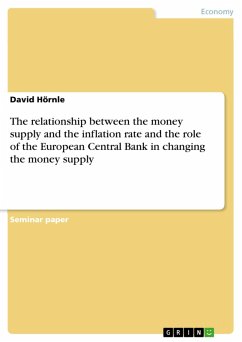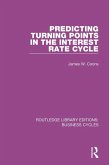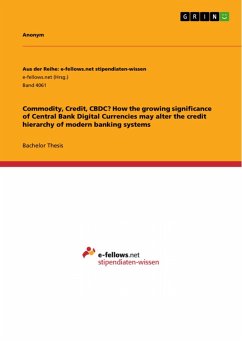Seminar paper from the year 2007 in the subject Economics - Monetary theory and policy, grade: 1,7, Berlin School of Economics, course: Economics II, Business Cycles, Employment and Trade, language: English, abstract: This essay consists of two topics, both belonging to the field of money supply in the European Union (EU) since the introduction of the Euro 2002. The first part examines the relationship between money supply and inflation rate. Illuminating this relationship, it also explains the monetary policy of the European Central Bank (ECB). The link between its policy and the relationship of money supply and inflation rate will be highlighted by using graphs and current data. The first part ends with a critical view upon the policy of the ECB and the theories regarding the money supply. The second part deals with the role of the ECB in controlling the money supply. It shows which tools central banks have in general at hand to control the money supply, followed by an explanation of how these tools work. Finally, it discusses the development of the ECB and the steps it takes to control the money supply efficiently.
Dieser Download kann aus rechtlichen Gründen nur mit Rechnungsadresse in A, B, BG, CY, CZ, D, DK, EW, E, FIN, F, GR, HR, H, IRL, I, LT, L, LR, M, NL, PL, P, R, S, SLO, SK ausgeliefert werden.









